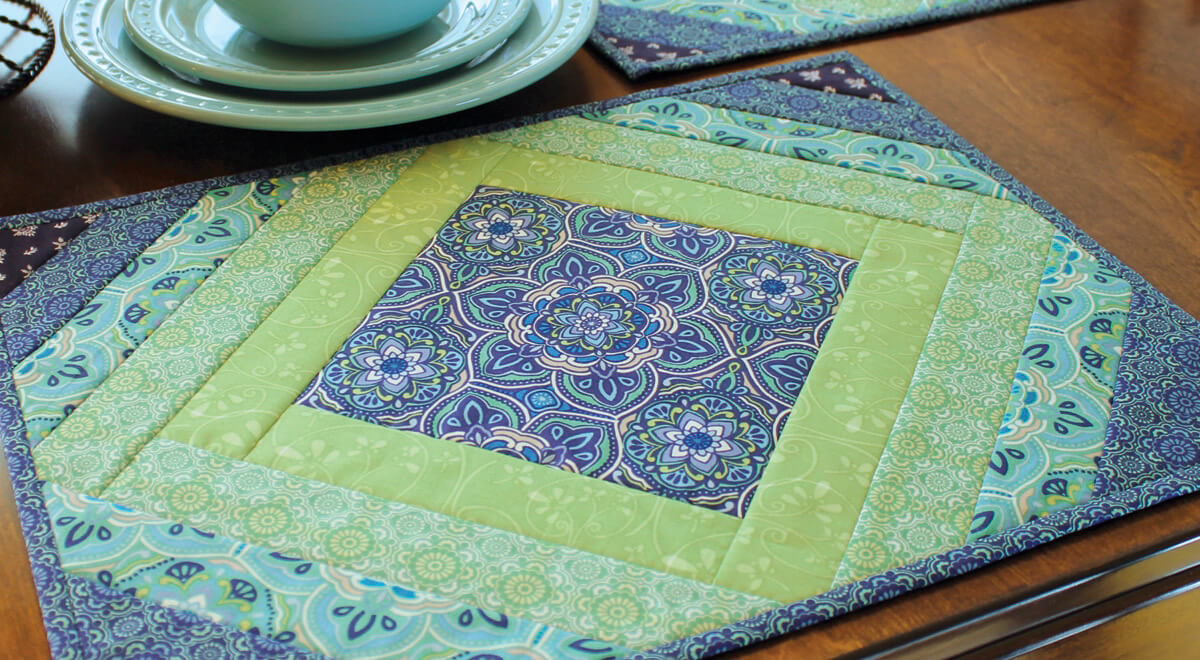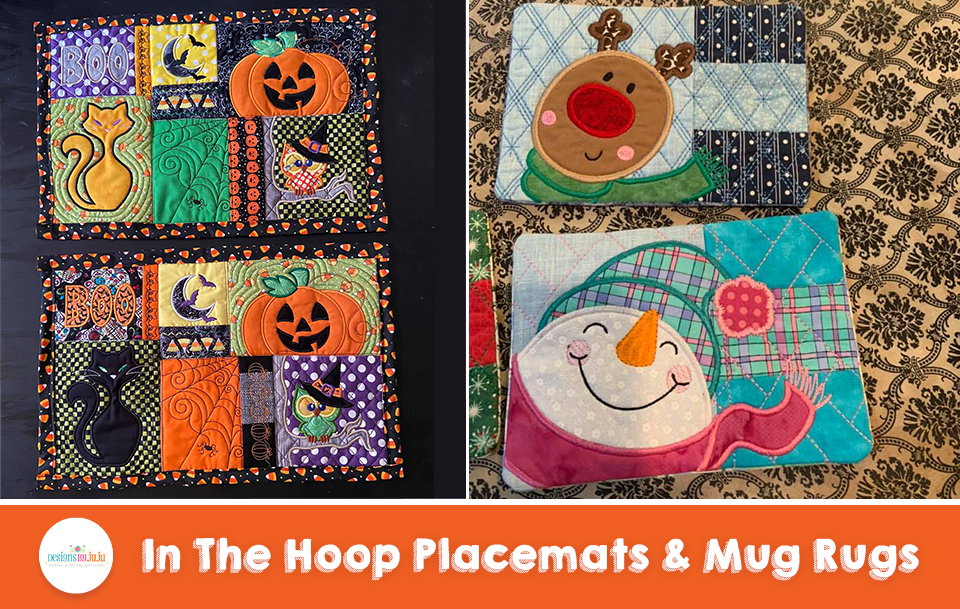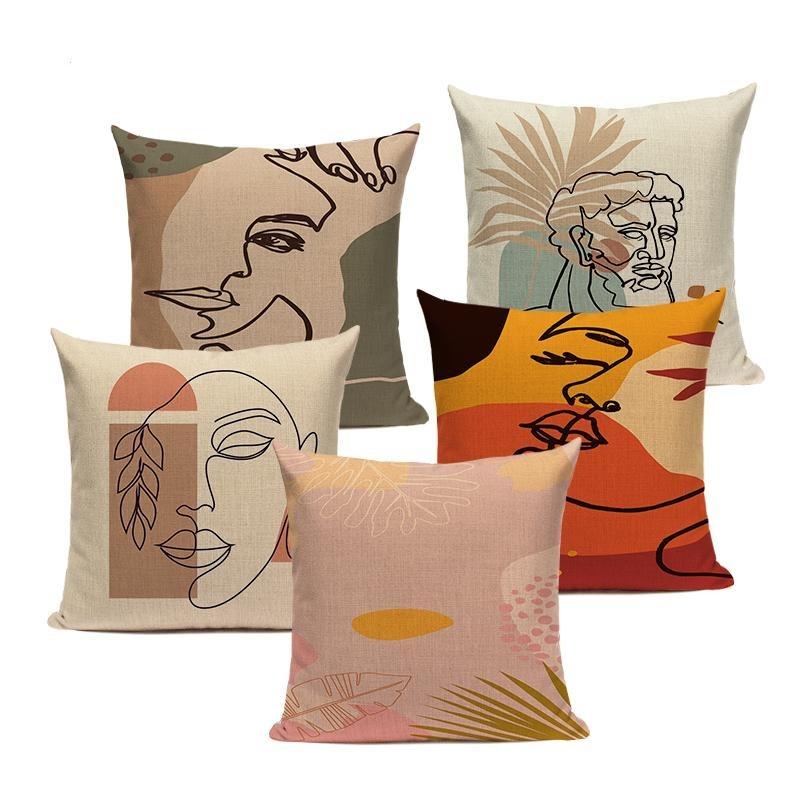The Single Strategy To Use For Unique Art
Table of ContentsUnique Art Fundamentals ExplainedThe Only Guide to Unique ArtUnique Art - QuestionsSome Of Unique Art
While one may question which art type holds precedence, the reality remains that each of these seven kinds provides an unique home window into human history, society, and development. They are the tapestries that chronicle our trip, reminding us of our past while motivating visions for the future.Excellent art work informs a story, makes individuals look twice, and produces an one-of-a-kind experience that can not be matched. Art and pictures connect all of that via shade, shape and various other layout elements. Find out exactly how to make your special art work stick out from the crowd.

8 TRIA GIOVANEqual parts grand and laidback, this entrance hall designed by Anthony Baratta is the perfect plan to comply with if you're decorating a formal entry that still feels unfussy and comfy. Formed textiles take spotlight (see the rugs and the couch), yet they also help bring the high ceilings down to a human range when hung over wallpaper.
Some Known Facts About Unique Art.
18 Heidi Caillier DesignA gallery wall surface does not need to take up the whole space. Sometimes a tiny one can make a larger design statement. In this living room, Hiedi Caillier decided for micro-mini frameworks and a random make-up.
The aspects of this languageits forms, lines, colours, tones, and texturesare utilized in numerous ways to create experiences of volume, space, motion, and light on a level surface. These elements are integrated right into expressive patterns in order to represent genuine or superordinary phenomena, to interpret a narrative style, or to develop entirely abstract visual connections.
Later on the concept of the "fine musician" established in Asia and Renaissance Europe. Noticeable painters were afforded the social status of scholars and courtiers; they signed their job, chose its layout and usually its subject and imagery, and established a more personalif not always amicablerelationship with their clients. Throughout the 19th century painters in Western societies began to lose their social placement and secure patronage.
Everything about Unique Art
Others gained an income via visiting exhibits of their work. The requirement to interest a marketplace had replaced the comparable (if less impersonal) demands of patronage, and its effect on the art itself was probably similar also. Normally, musicians in the 20th century can reach an audience just through commercial galleries and public galleries, although their work may have been periodically replicated in art regulars.

Do not duplicate the design of other musicians if you're looking for your style. Duplicating other individuals's art work can be wonderful in instructional functions however it will not make you closer to finding your own unique design. Your artistic design needs to be, what you like and what inspires you.
I would think about your very own design as a style you paint in normally, when you release all thoughts and guidelines and simply concentrate on paint, not thinking of it. Unique Art. The design needs to come naturally to you when you are relaxed and you can not compel it or it will not be your own style, just somebody else's
Unique Art - Truths

With time you'll be able to arrange all of them into your preferred and least favorite categories. Attempt to concentrate your attention on the topics and tools that you like and before you see it coming you'll have your own individual and unique design, like no one else have! In the end you'll have a few favorite subjects to repaint and maybe a couple of favored mediums.
The style needs to establish itself gradually with a great deal of technique click site and experiments - Unique Art. Thanks for reading this post and if you have any inquiries leave them in the comments below, I would certainly more than happy to respond to these